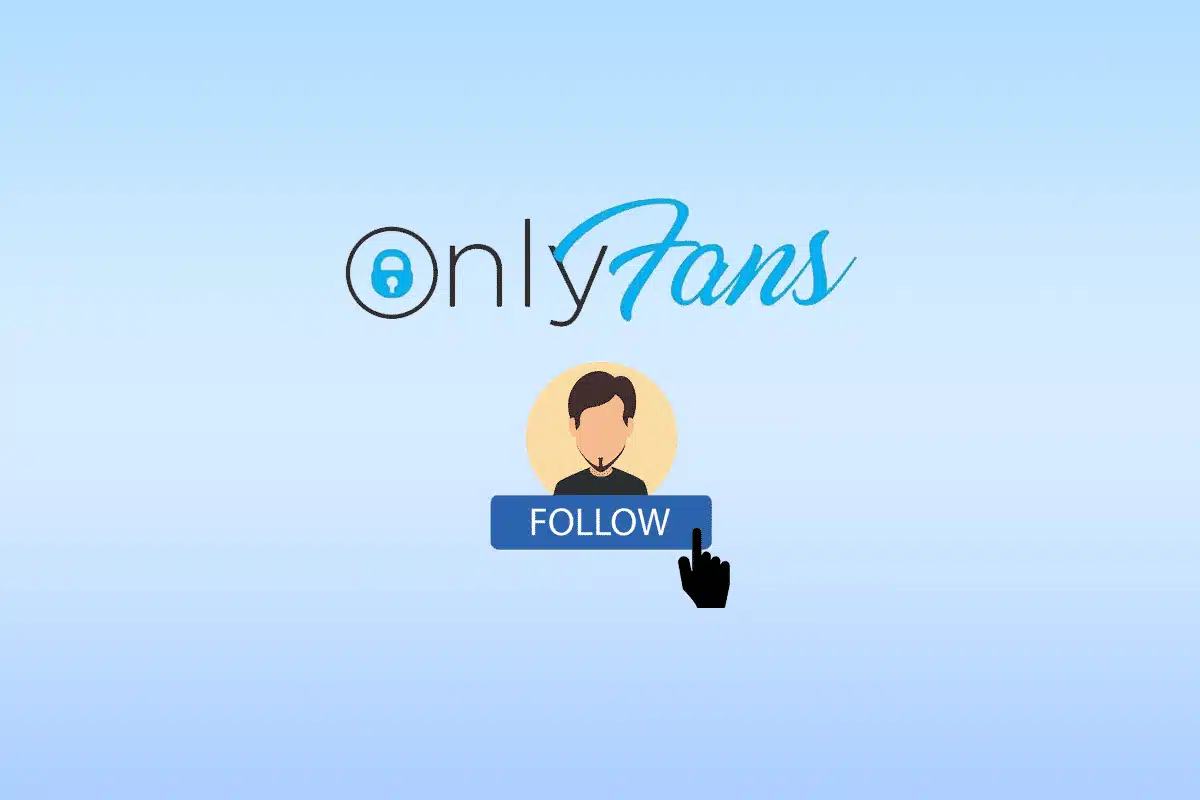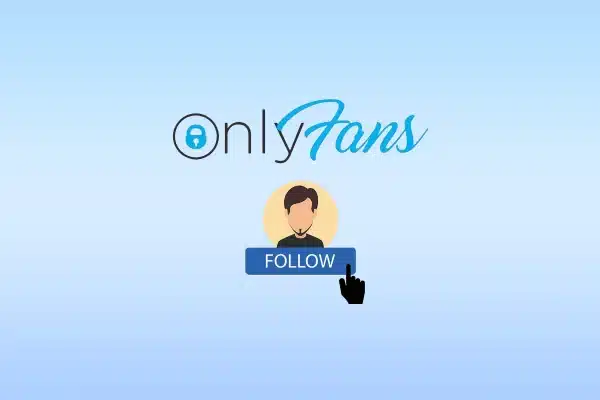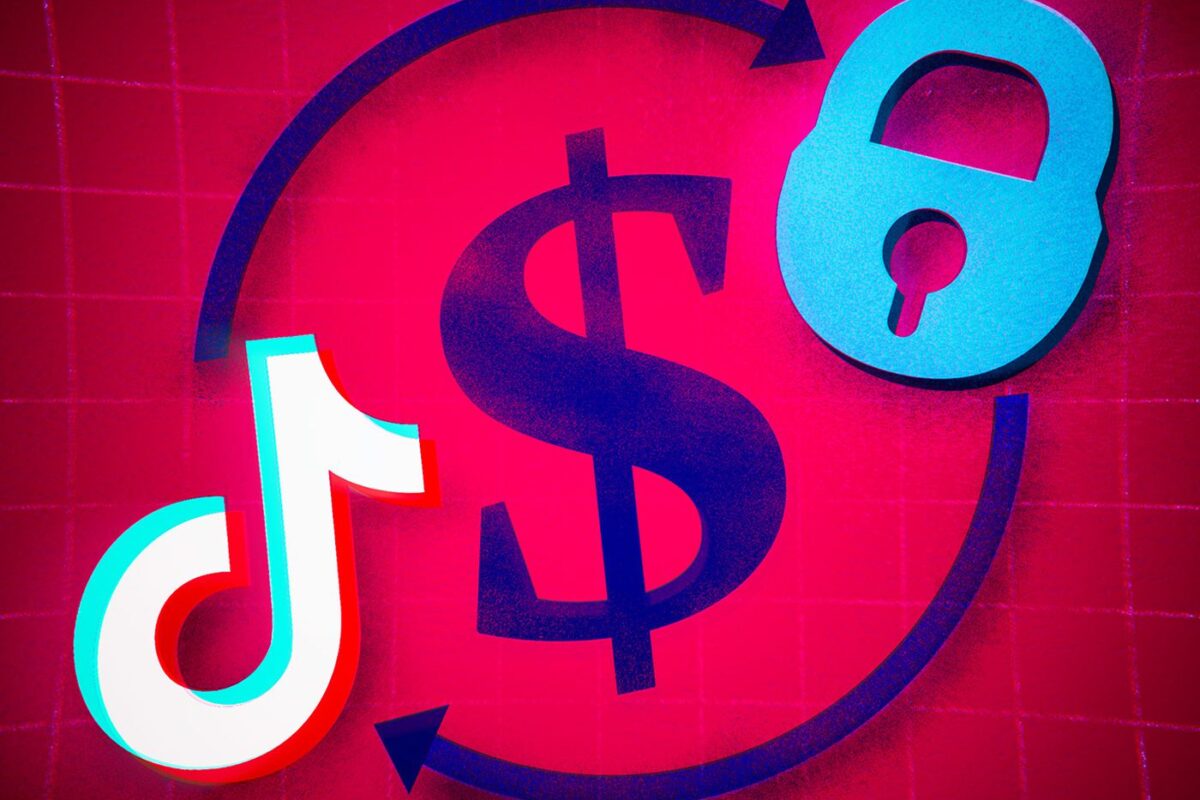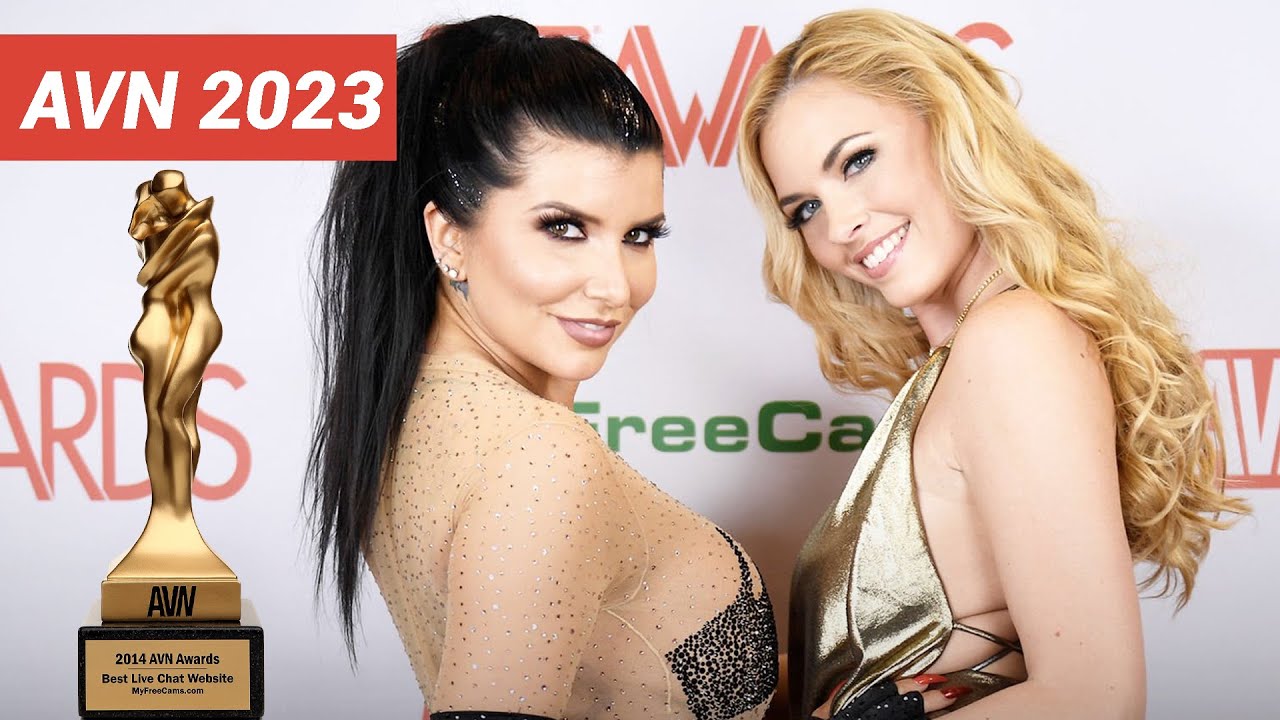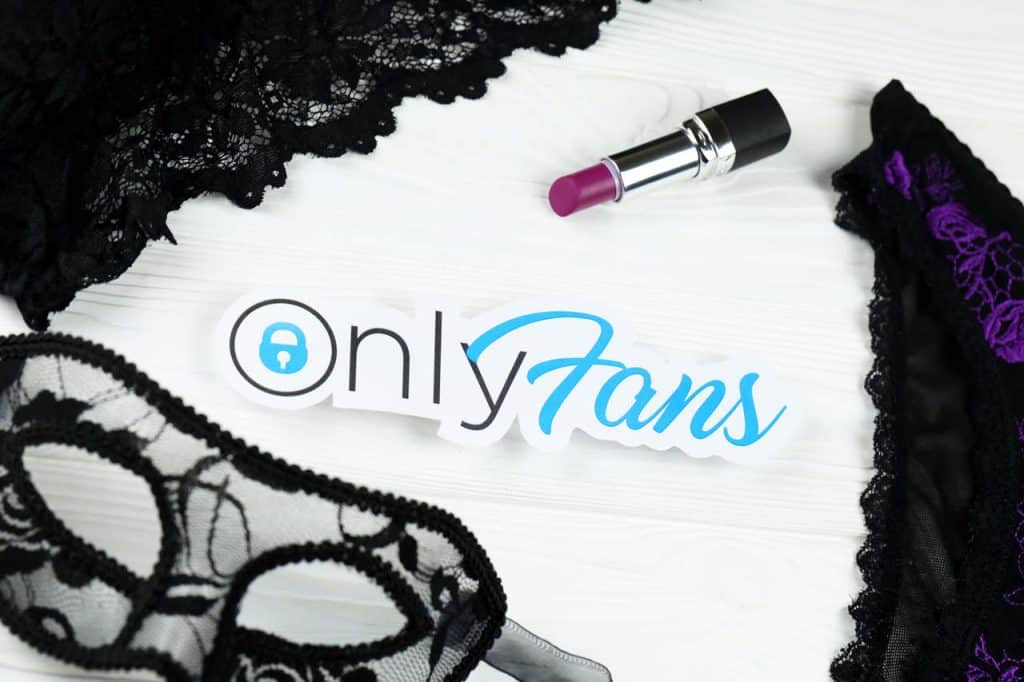From Viral Videos To Exclusive Content: Tiktok Vs Onlyfans Showdown
The world of social media platforms has evolved significantly in recent years. With the rise of new and innovative platforms, users can now access a wide range of content from all corners of the globe.
TikTok, with its unique features and popularity among younger audiences, has become a household name in a short span of time. On the other hand, OnlyFans has carved out a niche for itself by providing exclusive content to its subscribers through a subscription-based model.
In this article, we will explore these two platforms’ distinctive features, their impact on society, and the future of social media as we know it.
Important comparison notes
- TikTok and OnlyFans are both popular social media platforms that monetize through exclusive content, but cater to different demographics.
- TikTok appeals to a younger audience and allows creators to earn money through influencer partnerships and in-app gifts, while OnlyFans caters to an older audience interested in adult content and allows creators to charge monthly subscriptions, offer pay-per-view content, or sell individual items.
- Both platforms have their own set of controversies, including concerns about cyberbullying and addiction for TikTok, and association with pornography for OnlyFans.
- It is important for individual users to consider their goals and comfort level with each platform’s unique features, as well as the potential intended and unintended consequences of using social media platforms.
The Rise of Social Media Platforms
The ascent of social media platforms has revolutionized the way people interact and consume content online. One significant impact of these platforms is the rise of influencers, who have become a powerful force in shaping consumer behavior and influencing purchasing decisions. Brands are now allocating a substantial portion of their marketing budgets to influencer collaborations, recognizing the persuasive power they hold over their audiences.
Moreover, social media platforms have also disrupted traditional advertising methods by providing businesses with cost-effective alternatives to promote their products. With billions of active users on platforms like Facebook, Instagram, and Twitter, businesses can reach larger audiences than ever before through targeted ads and sponsored posts. This shift has significantly impacted traditional media outlets such as television and print media that previously dominated advertising space.
As competition between social media platforms intensifies, newer players like TikTok are disrupting the market with unique features that appeal to younger audiences. Understanding this platform’s popularity requires delving into its unique algorithm-based content delivery system that favors user-generated content over branded content.
Thus, it is necessary to explore how brands can leverage TikTok’s unique features without compromising on authenticity while reaching out to younger audiences effectively.
Understanding TikTok: Unique Features and Popularity
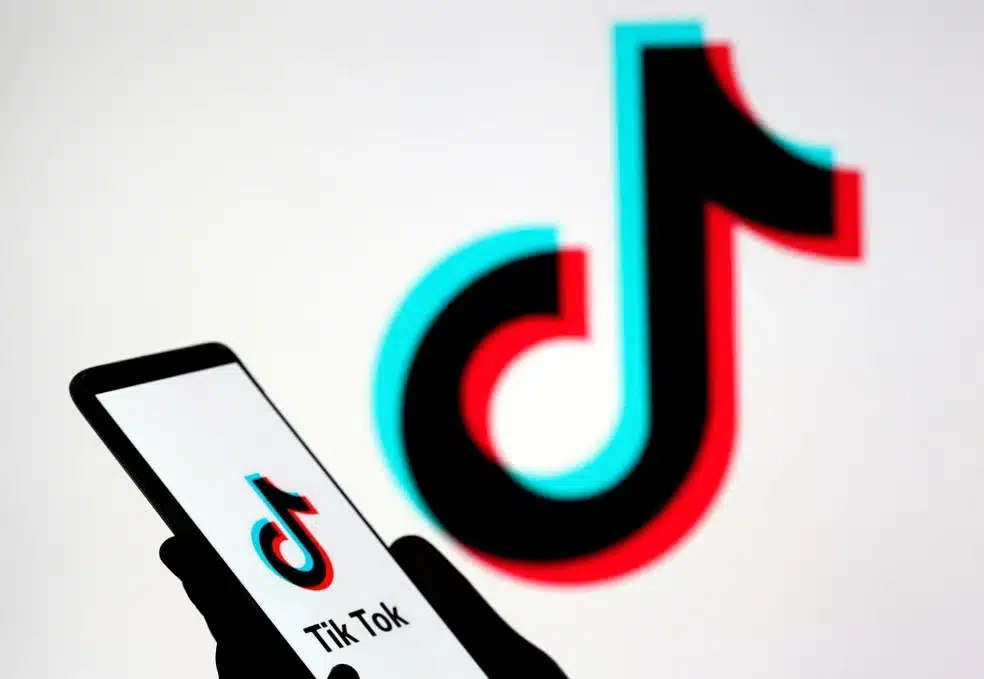
By offering a platform for short-form video creation and sharing, TikTok has established itself as one of the most popular social media apps among younger generations. The app’s algorithm is designed to promote content that is engaging and entertaining, which has led to the rise of viral challenges that users can participate in. Additionally, TikTok’s unique features like filters, effects, and music integration have allowed creators to express their creativity and produce captivating content.
To understand TikTok’s popularity, it is essential to examine its creative trends. One such trend involves dance routines and lip-syncing challenges that showcase user-generated content at its finest. Another trend on the app involves comedic skits that highlight pop culture references or everyday scenarios. Moreover, many notable influencers have emerged from the platform due to their talent in creating compelling content.
With over 1 billion active users worldwide, it’s no surprise that TikTok has become a cultural phenomenon. Its success can be attributed not only to its intuitive user interface but also to its ability to democratize content creation by giving a voice to anyone with an internet connection.
As we move forward into the next section about OnlyFans: A new era of exclusive content without writing ‘step,’ it will be interesting to see how social media platforms continue to evolve and adapt in response to changing consumer demands.
OnlyFans: A New Era of Exclusive Content
As social media platforms continue to evolve and adapt, OnlyFans has emerged as a new era of content creation that allows creators to monetize their exclusive content and connect with their audience on a more personal level. This exclusive content revolution has been embraced by many users who are willing to pay for access to premium content that they cannot find elsewhere. The platform operates on a subscription-based economy, where creators can earn money from the subscriptions paid by their fans.
However, OnlyFans has not been without controversy. It is often associated with adult content and sex workers, which has led to some negative perceptions about the platform. Despite this, many creators have found success on the platform by providing unique and exclusive content in various niches such as fitness, cooking, music, and art.
Moving forward into our next section about TikTok’s content creation process, it is interesting to note how both platforms offer different ways for creators to showcase their talents and gain followers. While OnlyFans focuses on monetizing exclusive content behind a paywall, TikTok provides an opportunity for creators to showcase bite-sized videos that can go viral within seconds.
TikTok’s Content Creation Process
TikTok’s content creation process allows for creators to engage with their audience through short-form videos that showcase their unique talents and personalities. With over one billion active users, TikTok has become a social media giant, providing an outlet for people to express themselves creatively.
Here are three ways in which content creators can enhance their videos:
- Utilize popular sounds: TikTok offers a vast library of music and sound effects that content creators can use to enhance the mood or theme of their videos.
- Use trending hashtags: Adding relevant hashtags to your video increases its discoverability and makes it more likely to appear on the ‘For You’ page, where it can gain more views and engagement.
- Incorporate special effects: TikTok’s editing tools allow creators to add filters, transitions, and other visual effects that make their videos stand out.
To succeed on TikTok, content creators must stay up-to-date with viral video trends while also developing unique content creation techniques that set them apart from others. In turn, this has led to influencer marketing strategies being employed by brands who want to collaborate with popular TikTokers.
This brings us back to OnlyFans’ subscription-based model. While TikTok focuses on creating engaging short-form videos, OnlyFans provides a space for content creators looking for a platform where they can share exclusive adult-oriented material with paying subscribers. However different these two platforms may be in terms of the type of content they host or the target audience they attract, both have taken advantage of technology advances in recent years as well as changing consumer preferences towards alternative entertainment options.
OnlyFans’ Subscription-Based Model
OnlyFans’ subscription-based model has disrupted the traditional adult entertainment industry by providing a platform for content creators to monetize their exclusive, personalized content and establish direct connections with their fanbase. Unlike other social media platforms that rely on advertising revenue, OnlyFans operates on a subscription-based model where fans pay a monthly fee to access the creator’s content.
This creates an environment where creators can focus on producing high-quality, niche content without worrying about ad revenue or censorship. One of the benefits of OnlyFans’ subscription-based model is its user privacy features. Creators have control over who can view their content and set their price points accordingly. Fans also have the option to remain anonymous while accessing exclusive content. This aspect of privacy has been praised by many users who feel more comfortable subscribing to private accounts rather than public ones due to the sensitive nature of the content.
Payment security is another important aspect of OnlyFans’ subscription-based model. The platform uses secure payment methods like credit cards and cryptocurrency to ensure that both creators and fans are protected against fraudulent activity. Additionally, OnlyFans takes measures to prevent chargebacks and fraud from occurring, which provides peace of mind for both parties involved in transactions.
Moving forward into our next section on ‘the target audience of TikTok and OnlyFans’, it is important to note how these platforms cater to different demographics despite sharing similar features such as short-form video creation and personalized content.
The Target Audience of TikTok and OnlyFans
The user demographics of TikTok and OnlyFans differ greatly, with TikTok appealing to a younger demographic seeking entertainment and creative inspiration, while OnlyFans caters to an older audience looking for personalized, adult content. According to recent statistics, 41% of TikTok users are aged between 16-24 years old, with a majority being female. On the other hand, OnlyFans’ target market is primarily males over the age of 35 who are interested in adult content.
To better understand the demographics of these platforms, we can analyze their marketing strategies. TikTok has been successful in targeting younger audiences by partnering with popular influencers and promoting viral challenges that attract a massive following. In contrast, OnlyFans leverages social media platforms like Twitter and Reddit to tap into their niche market of adult content enthusiasts.
While both platforms have distinct target markets and marketing strategies, they share one commonality: monetization through exclusive content. As we will explore next in the subsequent section about ‘tiktok’s monetization strategy’, both TikTok and OnlyFans offer unique ways for creators to earn money from their content through subscriptions or other means.
Table:
| TikTok | OnlyFans | |
|---|---|---|
| Age Group | 16-24 | 35+ |
| Gender | Majority Female | Majority Male |
| Content | Entertainment/ Creativity | Adult Content |
TikTok’s Monetization Strategy
Through a variety of revenue streams such as advertising and in-app purchases, TikTok has been able to generate significant profits for its parent company ByteDance. However, the app’s monetization strategy does not solely rely on these traditional methods.
TikTok also allows creators to earn money through their content by becoming influencers. These influencers can partner with brands and receive payment for sponsored content. The earnings of TikTok influencers vary depending on their follower count and engagement rate.
According to Influencer Marketing Hub, an influencer with 100,000 followers can earn around $500-$2,000 per post, while those with over one million followers can make upwards of $10,000 per post. Additionally, popular creators can also earn money from in-app gifts that fans purchase during live streams.
TikTok offers a unique way for creators to monetize their content through influencer partnerships and in-app gifts. This strategy has proven successful as many influencers have been able to generate substantial incomes from the platform.
As we move onto discussing OnlyFans’ payment options, it is interesting to note how platforms are evolving to cater to both creator and consumer demands in terms of financial compensation and access to exclusive content without any barriers or restrictions.
OnlyFans’ Payment Options

Creators on adult content platform OnlyFans have a range of payment options available to them, allowing for flexibility in how they receive compensation for their content. One option is to charge a monthly subscription fee, with fans paying a fixed amount each month to access exclusive content. Creators can also offer pay-per-view content or sell individual items such as photos or videos. Additionally, they can receive tips from fans who wish to support their work.
Payment security on OnlyFans is a top priority for the platform. The site uses secure payment processing methods and encrypts all sensitive data, ensuring that creators’ personal and financial information remains safe. OnlyFans also verifies the identity of all users before allowing them to create an account, reducing the risk of fraud or scams.
When comparing OnlyFans payment options with other platforms, it’s clear that the site offers more flexibility and earning potential than most other social media sites. For example, Instagram doesn’t allow creators to monetize their posts directly within the app – instead, they must rely on sponsorships or brand deals. Similarly, YouTube only pays creators based on views and ad revenue share percentages; there are no options for subscriptions or pay-per-view content.
OnlyFans’ variety of payment options allows creators to earn money in ways that suit their specific needs and goals. However, this platform has come under scrutiny due to concerns about its impact on society – specifically regarding issues like objectification and sexualization.
The Debate Over TikTok’s Influence on Society
Debates continue over the potential impact of TikTok on societal norms and values, with some arguing that it promotes harmful behavior while others praise its ability to bring people together. The app’s viral video culture has been influential in creating new trends, dance challenges, and memes that have spread globally. Its popularity among young people has led to concerns about ethical issues like cyberbullying, addiction, and self-esteem problems.
To better understand these arguments, a 2 column x 4 row table can be created to visually represent the pros and cons of TikTok’s influence on society:
| Pros | Cons |
|---|---|
| Facilitates creativity and self-expression | May promote harmful behavior such as dangerous stunts or challenges |
| Provides a platform for underrepresented voices | Can contribute to addiction and screen-time dependency |
| Has the potential to bring people together across borders | Raises ethical concerns regarding user privacy |
| Offers an opportunity for users to gain fame or recognition | May perpetuate unrealistic beauty standards |
While many acknowledge TikTok’s positive aspects in terms of promoting creative expression and connecting individuals from different backgrounds worldwide, its downsides cannot be ignored. The app’s addictive nature can lead to increased screen time among users which could negatively impact their mental health. Additionally, there are also concerns related to cyberbullying or online harassment within the platform.
The controversy surrounding TikTok is just one example of how digital media is shaping our society today. In contrast, OnlyFans’ controversial reputation highlights another aspect of this phenomenon – monetizing content on social media platforms.
OnlyFans’ Controversial Reputation
The increasing popularity of OnlyFans as a platform for monetizing content has sparked controversy and raised ethical concerns among stakeholders.
As the platform allows creators to post exclusive content, it has become a hub for sex workers to sell their services online. However, this has led to a controversial reputation for OnlyFans as being associated with pornography and explicit content.
To further understand the impact of OnlyFans on the sex work industry and society at large, we can consider some key points:
- The rise in popularity of OnlyFans has created opportunities for individuals to make money from their own sexual labor without having to rely on third-party platforms or agencies.
- At the same time, there are concerns about whether OnlyFans is perpetuating exploitation by normalizing the commodification of sexuality.
- Additionally, there have been reports of minors using the platform or being exploited through it, raising questions about child safety measures.
- Ultimately, the ethical concerns surrounding OnlyFans highlight larger debates around consent and autonomy in relation to sex work.
As social media platforms continue to evolve and shape our digital landscape, it will be important to consider how these technologies intersect with issues related to power dynamics, consent, and exploitation.
With concerns around privacy breaches and algorithmic bias already shaping public discourse around social media regulation, it is becoming increasingly clear that we must pay careful attention to both intended and unintended consequences of these platforms.
The Future of Social Media Platforms
Social media platforms have revolutionized the way we communicate and share information. From Facebook to Instagram, these platforms have created a new era of social interaction where people can connect with each other in ways that were never possible before.
However, as technology continues to evolve, it raises questions about the future of these platforms and their implications for society. The future implications of social media are vast and uncertain. With advancements in artificial intelligence and virtual reality, social media could potentially change the way we interact with each other in both positive and negative ways.
On one hand, it could create more meaningful connections between people by allowing them to meet and communicate with others from around the world. On the other hand, it could also lead to increased isolation as people become more reliant on technology for social interaction.
Privacy concerns are another major issue facing social media platforms today. As users share more personal information online, they become vulnerable to exploitation by hackers or even governments who may use this data for nefarious purposes. In addition, there is growing concern that these platforms are not doing enough to protect user privacy or prevent online harassment and abuse.
While social media has transformed our world in many positive ways, it is important to consider its future implications on society. With ongoing debates over privacy concerns and ethical issues surrounding these platforms’ use of data analytics algorithms, it is clear that more needs to be done to ensure that they remain safe spaces for communication and connection.
The question remains: which platform is right for you?
Which Platform is Right for You?
As social media platforms continue to evolve, it’s important to consider which platform is right for you. With the rise of viral videos and exclusive content, two platforms have been particularly popular: TikTok and OnlyFans. Both offer unique opportunities for personal branding and monetization, but they also come with their own set of pros and cons.
TikTok has quickly become one of the most popular social media platforms in recent years. With its short-form video format and algorithm-driven feed, it’s easy to see why it’s so addictive. TikTok offers a great opportunity for personal branding through creative content creation and engagement with your audience. However, while there are ways to monetize on TikTok (such as brand partnerships), it can be difficult to turn a profit without a large following or virality.
On the other hand, OnlyFans is a platform that allows creators to share exclusive content with paying subscribers. This platform offers more direct monetization strategies compared to TikTok, as creators can charge subscription fees or sell individual pieces of content. However, OnlyFans has faced controversy due to its association with adult content and sex work. It’s important for creators considering this platform to carefully consider their boundaries and the potential consequences of sharing explicit material.
Ultimately, whether TikTok or OnlyFans is right for you depends on your goals and comfort level with each platform’s unique features. It’s essential to weigh the pros and cons before making a decision about where to focus your energy as a creator in order to build your brand online effectively.
Frequently Asked Questions
How much do TikTok creators earn per video?
TikTok creators can earn money through various monetization methods, including influencer marketing and sponsored content. Engagement rates also play a significant role in determining their earnings per video. However, the exact amount varies depending on factors such as follower count and niche.
What types of content are prohibited on OnlyFans?
Onlyfans prohibits explicit sexual content, but allows nudity with certain restrictions. Content creators can earn substantial incomes while users have concerns about privacy and security breaches.
How does TikTok handle copyright infringement issues?
TikTok has strict copyright policies and takes legal actions against infringing content. Creators face challenges in monetizing their content due to limited advertising options, but community guidelines are comparable to other platforms.
Is OnlyFans available in all countries?
OnlyFans is not available in all countries due to legal restrictions and cultural acceptance. Payment methods also vary by region, with some areas only allowing bank transfers.
How do TikTok and OnlyFans compare in terms of user demographics?
TikTok has a predominantly Gen Z user base, while OnlyFans targets a wider demographic, including millennials and baby boomers. Both platforms offer marketing potential and high levels of user engagement, but with distinct differences in content and audience appeal.
Conclusion
The rise of social media platforms has revolutionized the way we consume and interact with content. TikTok, with its unique features and popularity, has captured the attention of millions around the world. The app’s content creation process allows for creativity to thrive in a short-form video format.
On the other hand, OnlyFans has introduced a new era of exclusive content through its subscription-based model, providing creators with an opportunity for financial gain. However, both platforms have faced their fair share of controversy. The debate over TikTok’s influence on society continues to be a topic of discussion as concerns about data privacy and security arise. Meanwhile, OnlyFans’ reputation as a platform for adult content has garnered criticism from some.
The future of social media platforms remains uncertain as more apps emerge and existing ones evolve. As users continue to demand innovation and originality, these platforms will need to adapt in order to stay relevant. Ultimately, whether it’s TikTok or OnlyFans that resonates more with you depends on your individual preferences and interests.
In conclusion, while TikTok and OnlyFans may seem vastly different on the surface level, they both offer unique opportunities for creators and consumers alike. Whether you’re looking for viral videos or exclusive content, there is something out there for everyone in this ever-changing digital landscape. As technology advances at an unprecedented pace coinciding with our desire for constant stimulation through new entertainment mediums; it is likely that we will see further innovations which blur the lines between seemingly distinct categories such as social media platforms or adult entertainment sites – only time will tell what lies ahead!








